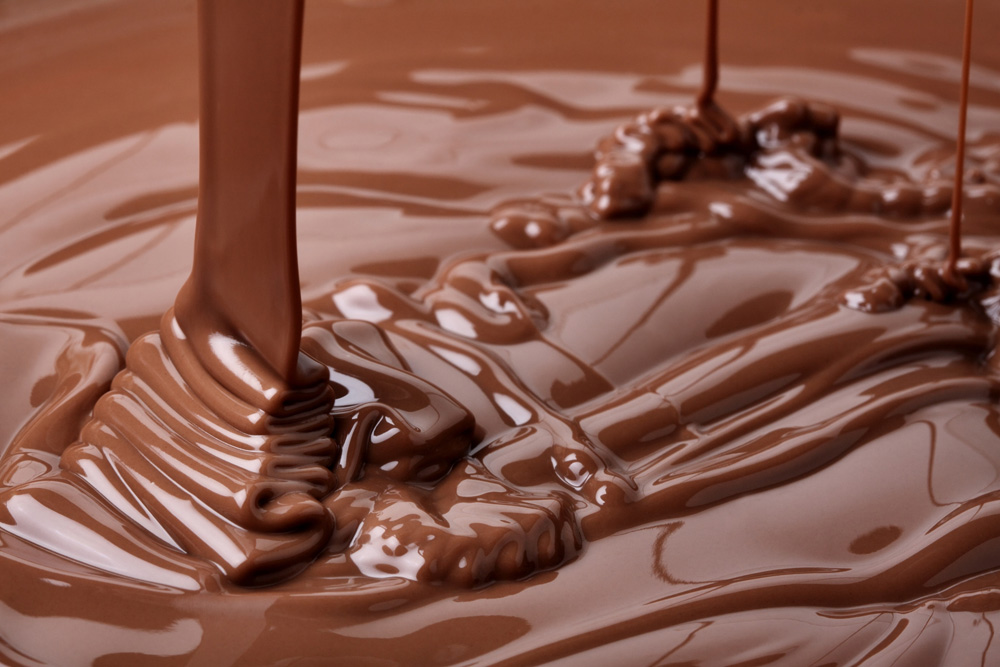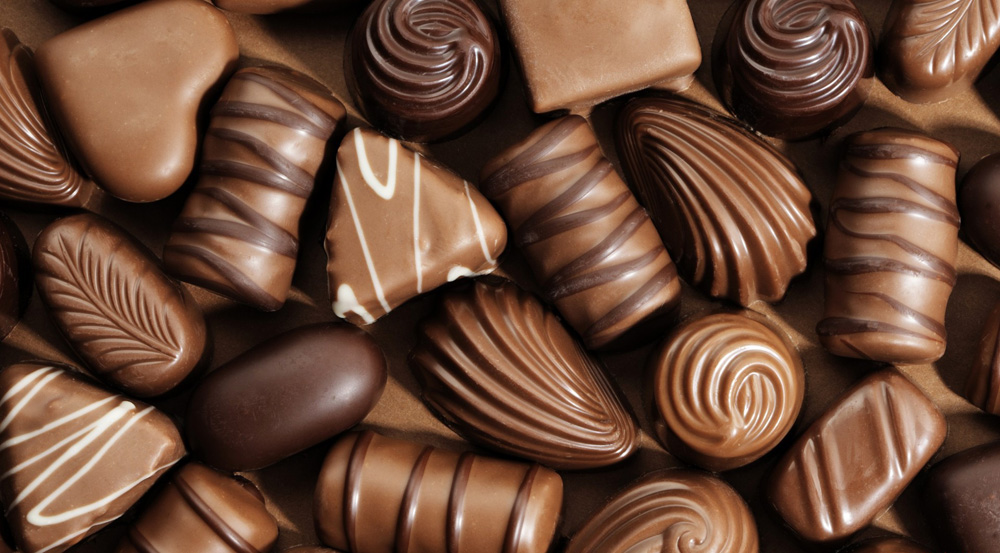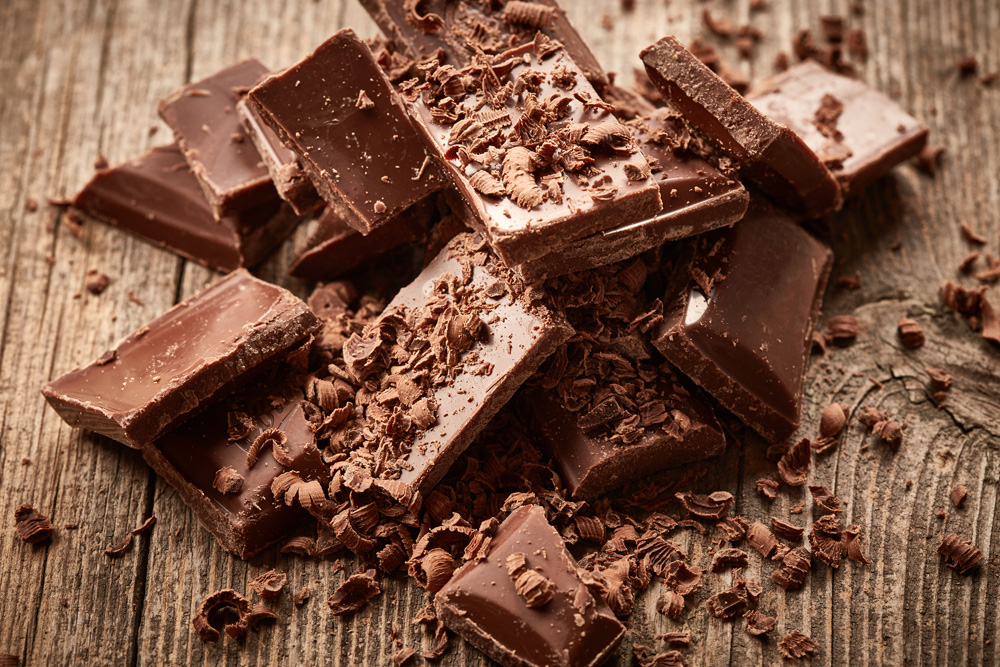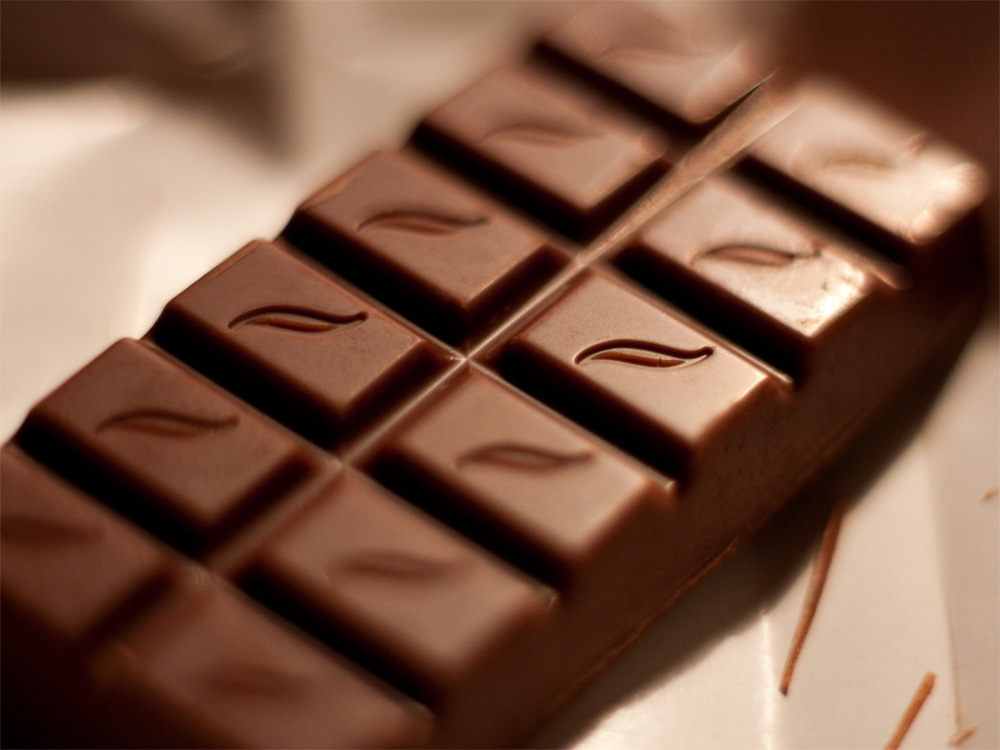
Are you one of the many who adores giving and receiving some indulgent chocolate as an expression of love? The edible declaration of affection, with the heavenly combination of aroma, texture and taste, makes people all over the world feel special and rewarded, positioning it as a firm favourite for special occasions. As well as melting in our mouths, that piece of decadence melts our hearts, helping make it probably the most craved food by women.

However, there’s more to it than just that. Maria Baghdoyan, Nestlé Middle East Nutrition, explains chocolate also contains healthy ingredients you can make the best out of. She says cocoa, the main ingredient in chocolate, has many health benefits, especially its richness in magnesium. The mineral helps convert food into energy, has favourable effects against type 2 diabetes, aids in preventing migraines and comes with anti-inflammatory benefits, as well as various others. Chocolate is also loaded with antioxidants, Baghdoyan says. Antioxidants are the molecules that inhibit the oxidation (the chemical reaction that can produce free radicals, leading to chain reactions that may damage cells) of other molecules.

Maria Baghdoyan
The nutrition expert adds the darker the chocolate, the higher the benefits. Any type that has 70 percent cocoa or more carries high amounts of flavonoids, the same powerful antioxidants found in foods like fruits, broccoli and even tea, which help protect the body against some diseases. What’s more, due to its high content of flavonoids, eating dark chocolate may actually lower blood pressure and help reduce the accumulation of bad cholesterol (LDL) in the arteries, so it can help support heart health.
Emotions & Chocolate

Baghdoyan points out eating chocolate can also help lift up your mood. Aside from the smell and taste that awakens feel-good areas in the brain, chocolate stimulates the production of serotonin, the brain’s natural anti-depressant.
Additionally, the magnesium found in chocolate helps calm nerves and anxiety, boosting better sleep. Magnesium also improves the premenstrual syndrome symptoms, like tiredness and irritability, which leave many women suffering.
Eating Chocolate without Feeling Guilty

With its various benefits, Baghdoyan believes chocolate can make a good snack, but moderation and portion control are key to making the best out of its healthy ingredients. You can always opt for the mini versions of your favourite varieties and couple them with a cup of coffee or low fat milk to have a balanced snack. If you have a preference for bigger bars, sharing is caring! It’s all about indulging wisely while keeping physical activity a priority.
Be at ease with indulging in a bit of your favourite chocolate or surprising your loved ones with some of theirs. After all, the key to a healthier and happier life is a balanced diet, piece of mind and lots of love, according to Baghdoyan.
Did You Know?

To burn off one mini chocolate with an average of 100 kcal, you can do any of the following activities:
- Fast Walking: 20 minutes
- Cycling: 25 minutes
- Swimming: 15 minutes
- Zumba: 10 minutes
Know Your Chocolate

- Dark Chocolate: The healthier option to indulgence. Dark chocolate is simply chocolate liquor (the centres of cocoa beans ground to a liquid), cocoa butter, sugar and other flavourings. Cocoa content generally ranges between 70 percent - 90 percent.
- Milk Chocolate: The most common kind of eaten chocolate. It’s usually made with similar ingredients to dark chocolate with the addition of dry milk solids and at least 10 percent cocoa. Sugar content differs from product to product, based on the percentages of cocoa and milk.
- White Chocolate: Cocoa butter is the hero ingredient and not milk. White chocolate contains 0 percent cocoa, at least 20 percent cocoa butter, 14 percent milk solids and about 55 percent sugar.
















